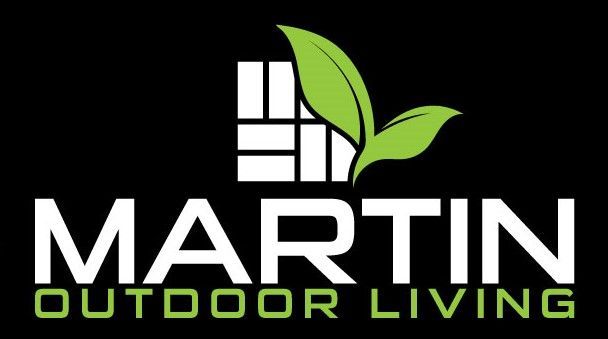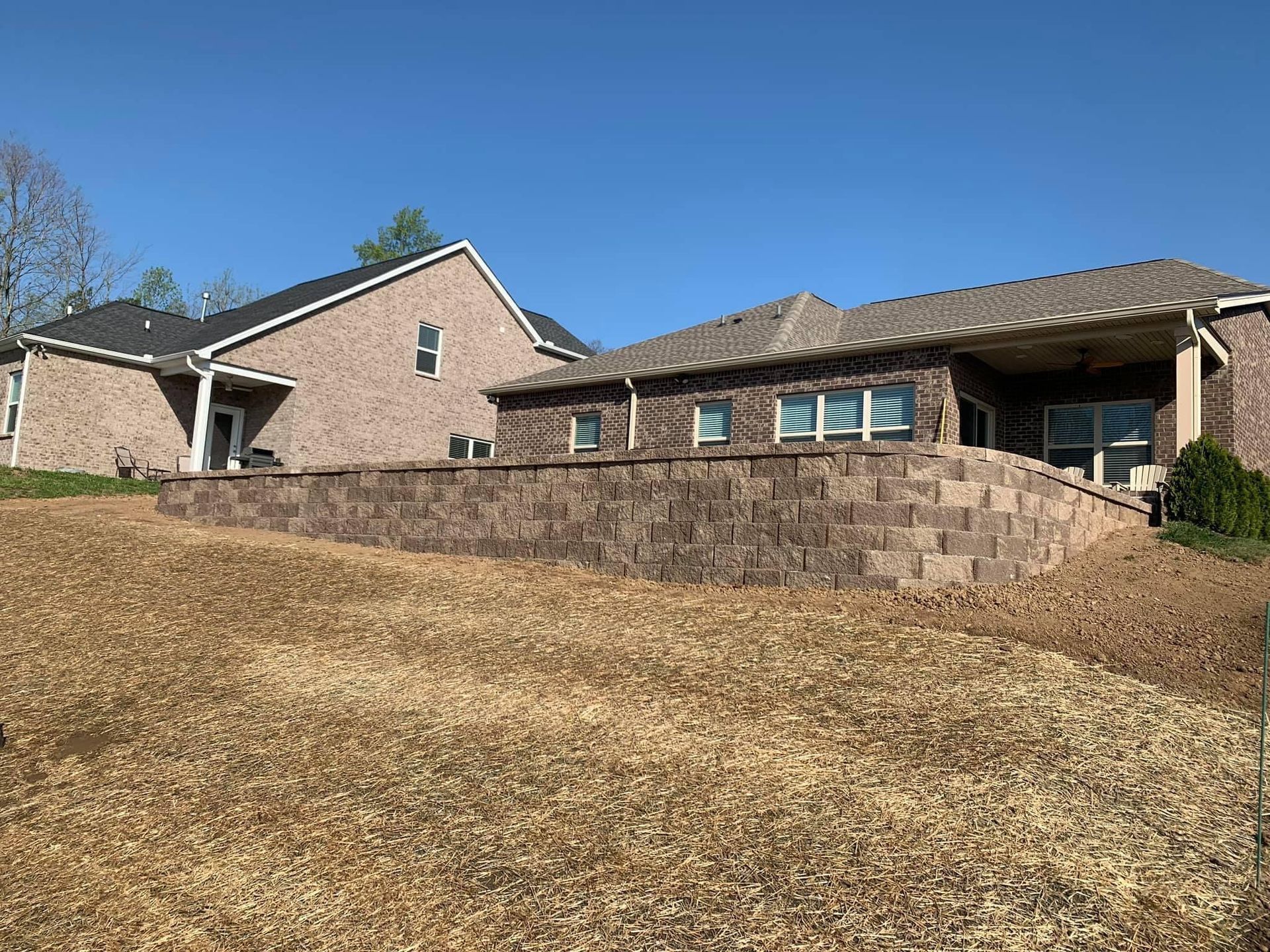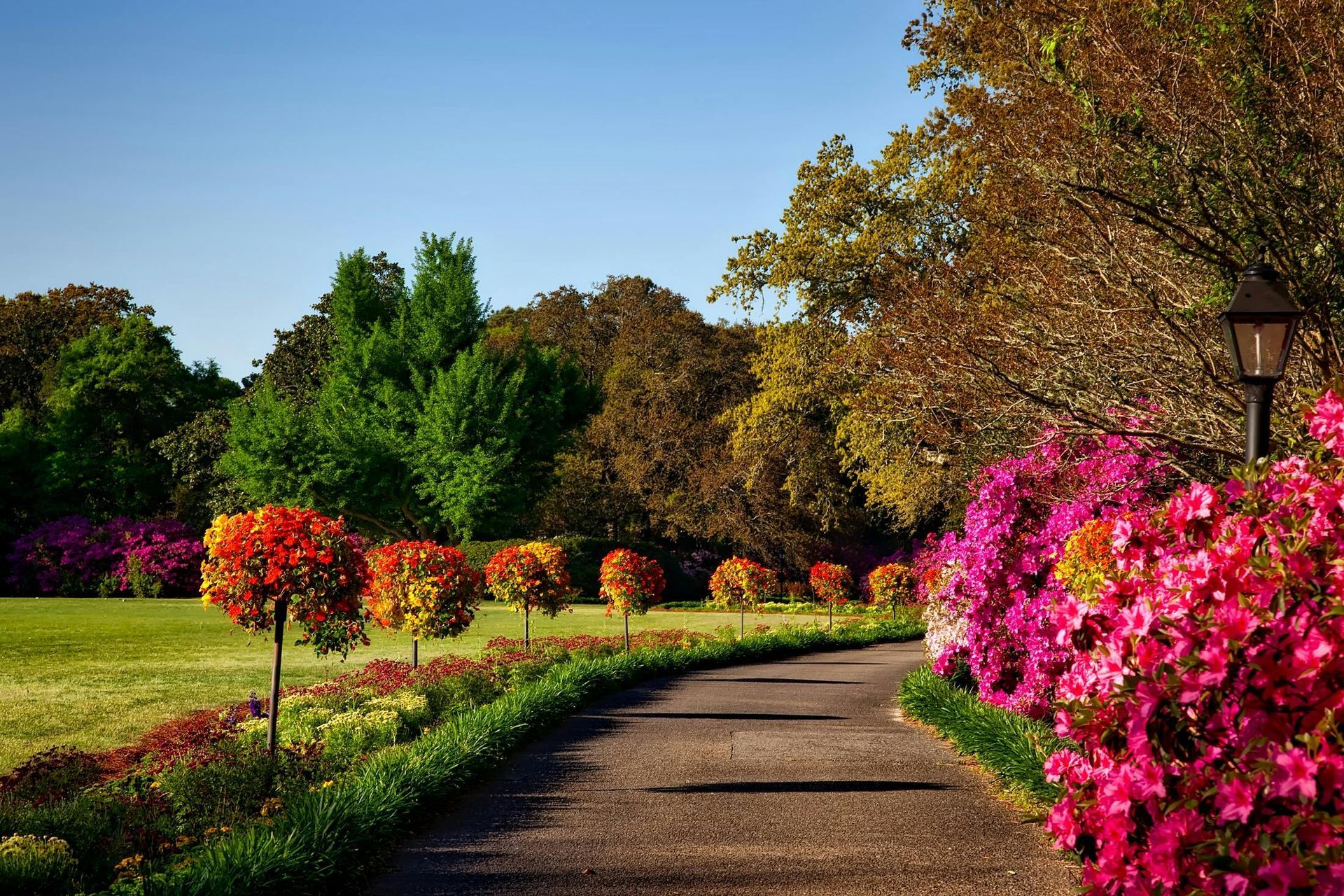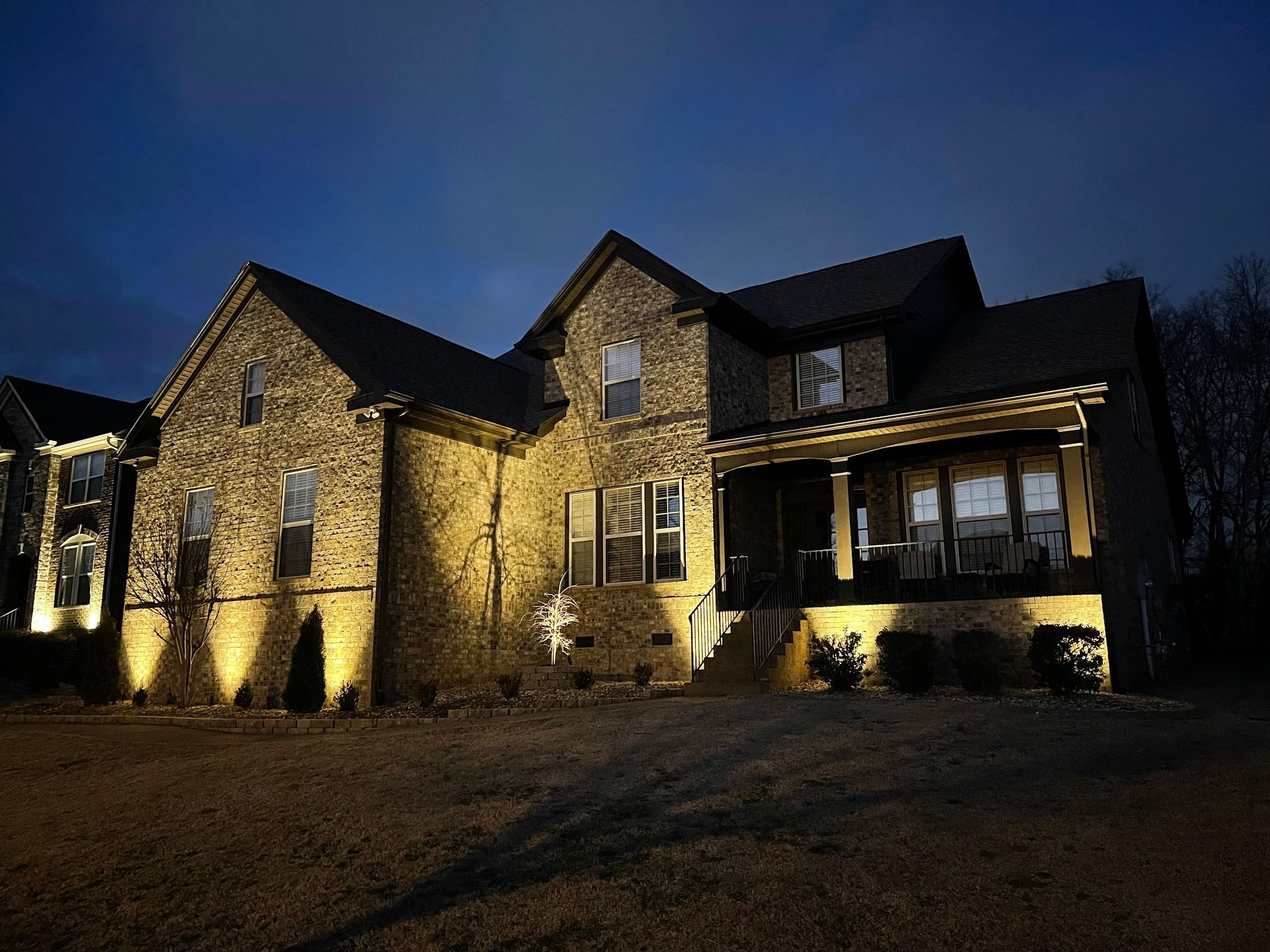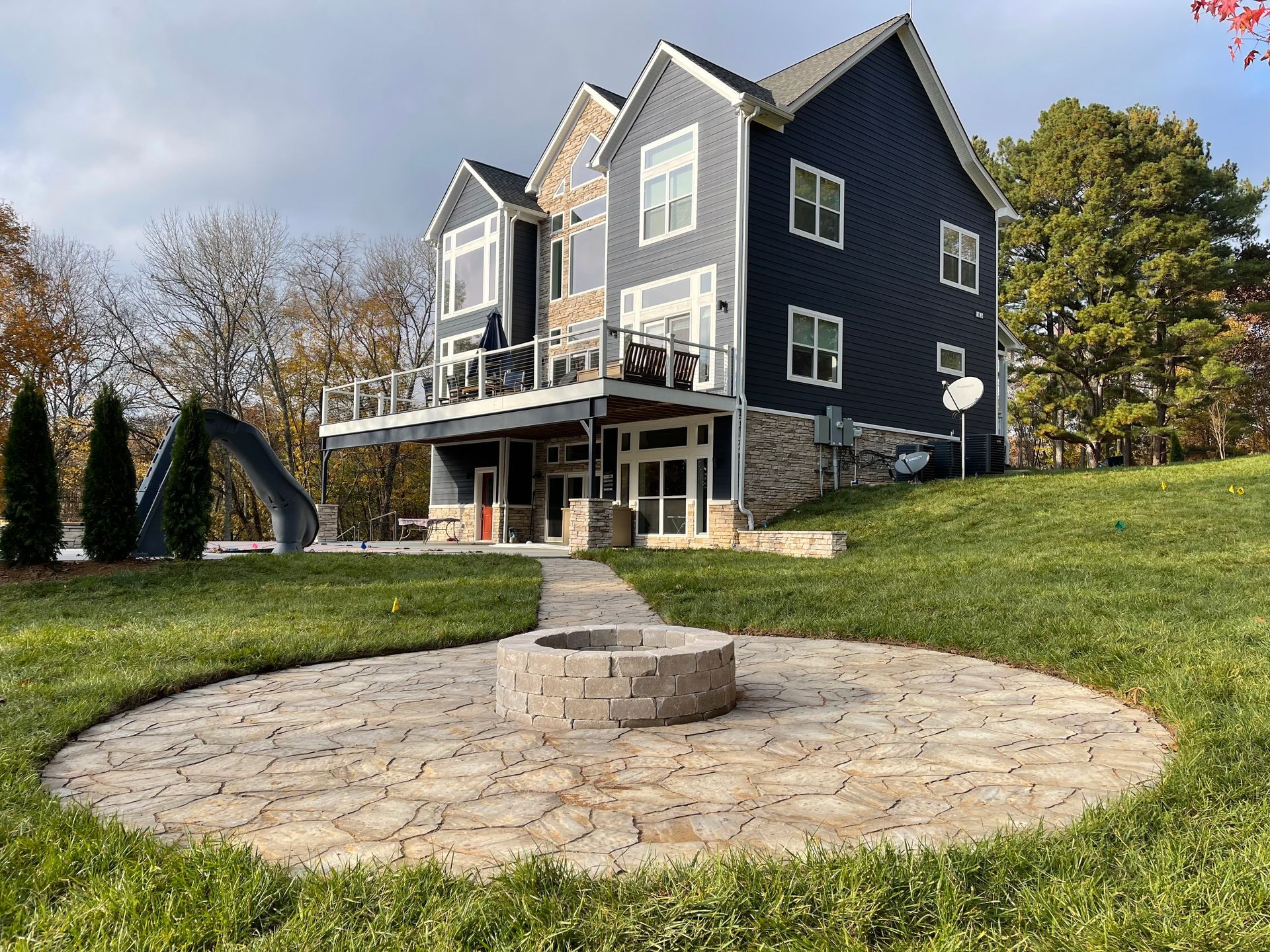The Science Behind Retaining Walls: How They Protect and Enhance Your Property
The Science Behind Retaining Walls: How They Protect and Enhance Your Property
When most people think of retaining walls, they often picture functional structures meant to hold back soil. While this is their primary purpose, retaining walls do so much more. Over the last 15 years, I’ve worked on countless outdoor projects across Middle Tennessee, from Franklin to Murfreesboro, and I’ve seen firsthand how retaining walls protect properties, enhance aesthetics, and add long-term value. Whether you’re dealing with hilly terrain or simply want to elevate the look of your outdoor space, understanding the science behind retaining walls is key to making the most of your property.
What Are Retaining Walls and Why Are They Necessary?
At their core, retaining walls are engineered structures designed to stabilize soil and prevent erosion. If you live in areas like Hendersonville or Spring Hill, where uneven terrain is common, retaining walls can be an essential part of your landscaping. These structures redistribute lateral pressure from sloped ground, keeping soil in place and preventing landslides or washouts.
Without proper retaining walls, soil erosion can wreak havoc on your yard, leading to:
- Flooding in low-lying areas
- Loss of usable outdoor space
- Damaged landscaping
- Foundation issues for nearby structures
A well-built retaining wall not only mitigates these risks but also creates opportunities to design beautiful, functional outdoor spaces.
How Retaining Walls Work: The Science of Stability
Retaining walls are carefully designed to counteract the forces of gravity and soil pressure. Here’s a breakdown of the key factors that make retaining walls effective:
- Gravity and Weight Distribution:
- Retaining walls rely on their weight and structure to resist the lateral pressure of the soil they’re holding back. This is why materials like concrete, natural stone, and reinforced blocks are commonly used.
- In some cases, additional support like geogrid reinforcement is added to extend the wall’s stability into the soil behind it.
- Drainage Solutions:
- Water is one of the biggest challenges for retaining walls. Without proper drainage, water can accumulate behind the wall, increasing pressure and leading to structural failure. That’s why well-designed retaining walls include features like gravel backfills, perforated pipes, and weep holes to redirect water away.
- Angle of Repose:
- The angle of repose refers to the steepest angle at which soil can naturally rest without sliding. Retaining walls help to adjust this angle by creating terraced levels, allowing soil to remain stable even on steeper slopes.
Types of Retaining Walls and Their Applications
Over the years, I’ve worked with various types of retaining walls, each suited to specific needs and aesthetics. Here are some of the most popular options:
- Gravity Walls:
- These rely on their mass to hold back soil. Common materials include large stones or concrete blocks. Gravity walls are ideal for smaller projects where height isn’t a major concern.
- Segmental Retaining Walls (SRWs):
- Made from interlocking concrete blocks, SRWs are versatile and durable. They’re a popular choice for homeowners in cities like Nashville who want both functionality and a polished look.
- Cantilevered Walls:
- These walls use a reinforced concrete base that extends beneath the soil to counterbalance the pressure. Cantilevered walls are perfect for taller structures and larger projects.
- Anchored Walls:
- For areas with extreme pressure, anchored walls provide additional reinforcement using cables or rods driven deep into the soil. This is often used in commercial projects or areas with unstable terrain.
- Natural Stone Walls:
- If aesthetics are a priority, natural stone retaining walls can blend seamlessly into your landscape while offering reliable support. They’re particularly popular in upscale neighborhoods like Brentwood.
The Aesthetic and Functional Benefits of Retaining Walls
While the primary purpose of retaining walls is to stabilize soil, they offer a range of additional benefits that can transform your outdoor space:
- Maximizing Usable Space:
- Sloped yards can make it difficult to enjoy your outdoor space. Retaining walls create level areas for patios, gardens, or play zones, making your yard more functional.
- Improving Drainage:
- By controlling the flow of water, retaining walls help prevent pooling and erosion, protecting both your yard and your home’s foundation.
- Enhancing Curb Appeal:
- With the right design, retaining walls can become a stunning focal point in your landscaping. Incorporate features like built-in planters, lighting, or decorative materials to elevate the look of your yard.
- Increasing Property Value:
- Well-designed retaining walls not only improve functionality but also boost the overall value of your home. Prospective buyers in Middle Tennessee appreciate properties with thoughtfully designed outdoor spaces.
Common Mistakes to Avoid with Retaining Walls
While retaining walls offer incredible benefits, improper installation can lead to costly issues down the line. Here are some common mistakes to avoid:
- Ignoring Drainage:
- Water buildup is the number one cause of retaining wall failure. Always include proper drainage solutions in your design.
- Underestimating Soil Pressure:
- Retaining walls must be built to handle the specific pressure of the soil they’re retaining. This requires careful calculations and expertise.
- Using the Wrong Materials:
- Not all materials are suitable for retaining walls. Choose durable, weather-resistant options that can withstand the climate in Middle Tennessee.
- Skipping Professional Installation:
- DIY retaining walls often lack the structural integrity needed for long-term stability. Hiring an experienced contractor ensures your wall is built to last.
Why Choose Martin Outdoor Living for Your Retaining Wall Needs?
With over 15 years of experience in hardscaping and outdoor projects, I’ve seen it all. At Martin Outdoor Living, we take pride in delivering retaining walls that are both functional and beautiful. Our team understands the unique challenges of Middle Tennessee’s terrain and works closely with homeowners to design solutions that meet their needs.
From the initial consultation to the final installation, we handle every aspect of your project with care and precision. Whether you need a small decorative wall or a large, reinforced structure, we’ve got you covered.
Final Thoughts
Retaining walls are more than just practical structures—they’re an investment in the safety, functionality, and beauty of your property. By understanding the science behind retaining walls and working with an experienced team like Martin Outdoor Living, you can transform your outdoor space into something truly remarkable.
If you’re ready to enhance your yard with a custom retaining wall, give us a call today. Let’s create something that not only protects your property but also makes it a place you love to spend time.



